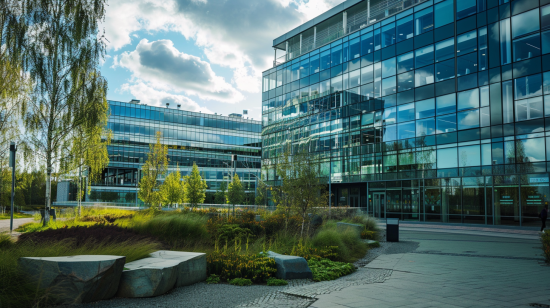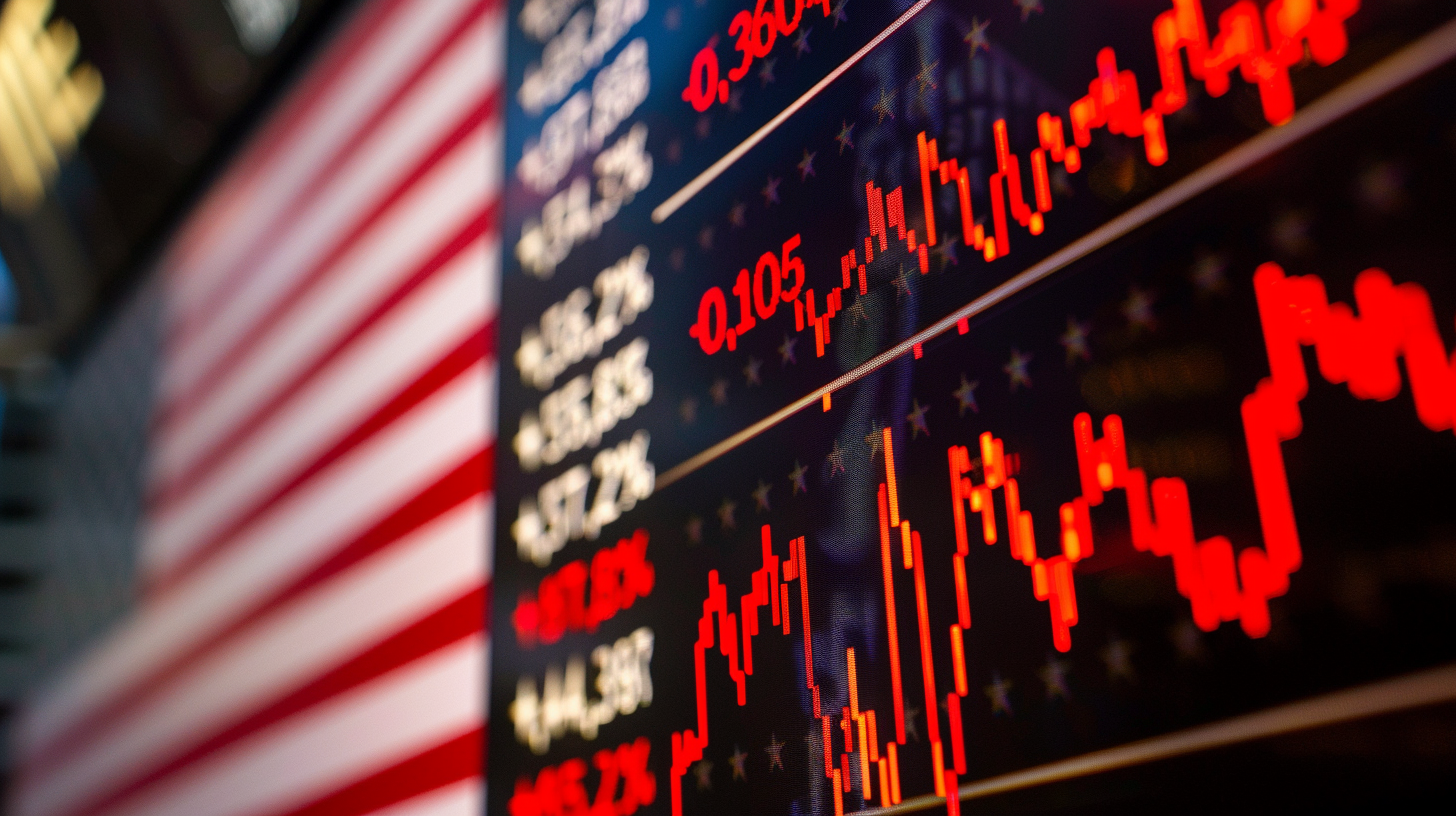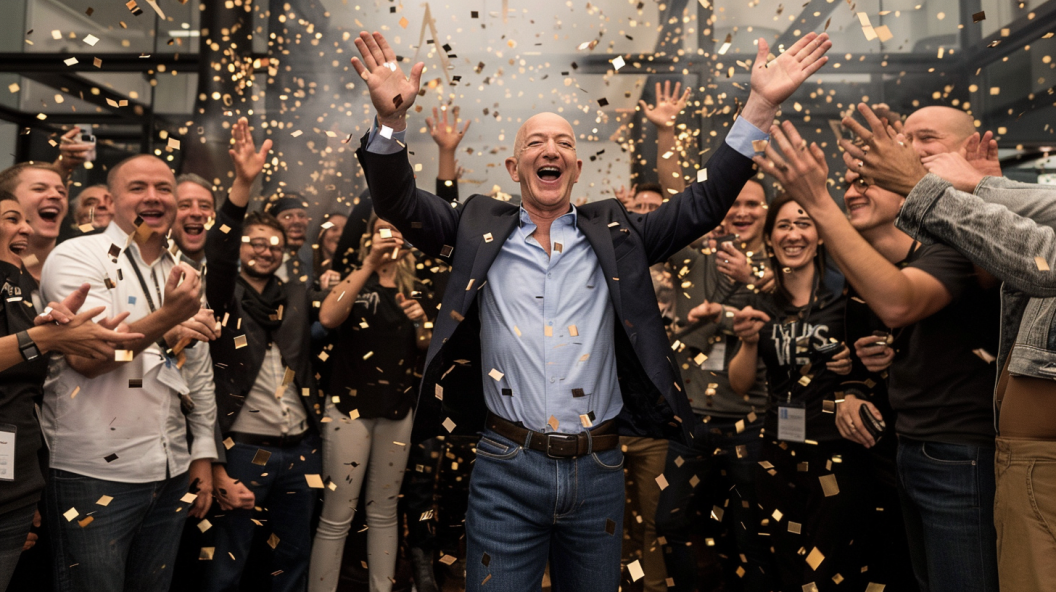As Hurricane Beryl continues its path through the Caribbean islands, leaving a trail of destruction in its wake, the economic implications of this powerful storm are unfolding in real-time. The hurricane’s landfall north of Grenada yesterday was just the beginning, with several other islands now bracing for impact. This developing situation serves as a stark reminder of the far-reaching economic consequences that hurricanes can have, not just on individual islands, but on entire regions.
The immediate economic effects of Beryl are already visible in some of , but as the storm progresses, we’re likely to see a domino effect across the Caribbean. Each island in Beryl’s path faces potential disruptions to key economic sectors such as tourism, agriculture, and offshore financial services. For investors, this means watching a rapidly changing situation that could affect multiple markets simultaneously.
In the short term, we’re seeing the typical pattern of economic contraction in affected areas. Businesses are closing, power outages are widespread, and transportation links are severed. This leads to immediate losses in productivity and revenue. However, the ongoing nature of Beryl’s journey means that these effects are not isolated to a single location but are spreading across the region, potentially amplifying the overall economic impact.
The insurance industry, always at the forefront of hurricane economics, is now facing a complex scenario. With multiple islands potentially affected, insurers are bracing for a wave of claims that could stretch across several jurisdictions. This could put significant pressure on the industry, possibly leading to reassessments of risk in the entire Caribbean region.
Energy markets are also on high alert. While the Caribbean isn’t a major oil and gas producer, the region is home to several refineries and is a key shipping route. Any disruptions to these facilities or shipping lanes could have ripple effects on global energy prices, adding another layer of complexity for investors to consider.
The tourism sector, a cornerstone of many Caribbean economies, is particularly vulnerable. As Beryl continues its path, we’re likely to see widespread cancellations and a potential long-term impact on visitor numbers across multiple islands. This could have a significant effect on the GDP of several nations, not just those directly hit by the hurricane.
For investors, the ongoing nature of Hurricane Beryl presents both challenges and opportunities. The construction and infrastructure sectors may see increased activity as multiple islands engage in reconstruction efforts simultaneously. However, this could also lead to resource competition and potential inflationary pressures in the region.
The long-term economic consequences of Beryl will likely be shaped by how the entire Caribbean region responds to this shared challenge. We may see increased cooperation in disaster preparedness and recovery efforts, potentially leading to new regional economic initiatives. This could create interesting investment opportunities in areas such as resilient infrastructure, regional insurance schemes, and climate adaptation technologies.
As we continue to monitor Beryl’s progress, it’s crucial for investors to think beyond individual islands and consider the interconnected nature of the Caribbean economy. The storm’s impact on regional supply chains, inter-island trade, and collective tourism branding could have lasting effects that extend far beyond the immediate damage.
Hurricane Beryl’s ongoing journey through the Caribbean underscores the complex and far-reaching economic impact of these storms. For investors, this evolving situation highlights the need for a dynamic, region-wide perspective when assessing risks and opportunities in hurricane-prone areas. As climate change continues to intensify the frequency and severity of such storms, understanding these broader, interconnected impacts will be essential for making informed investment decisions in an increasingly volatile world.
















